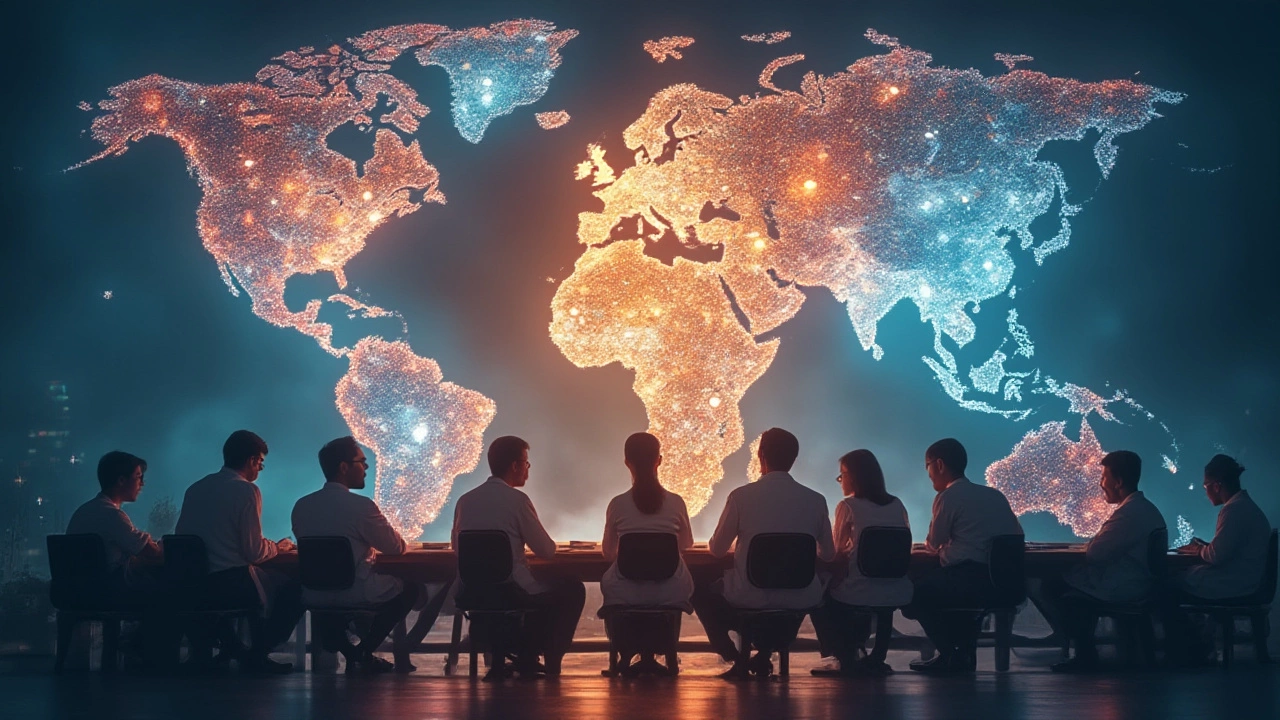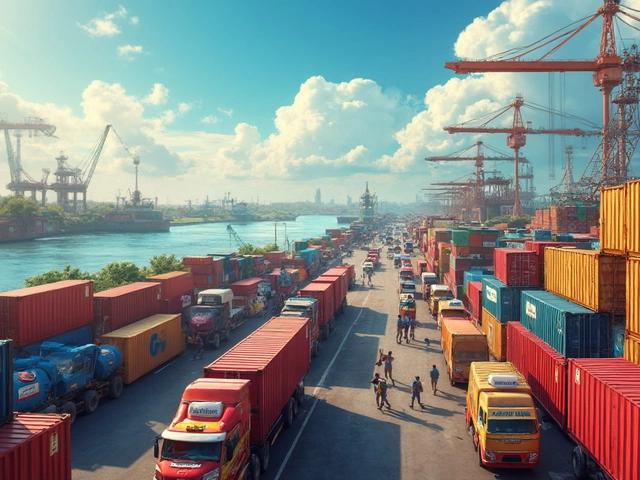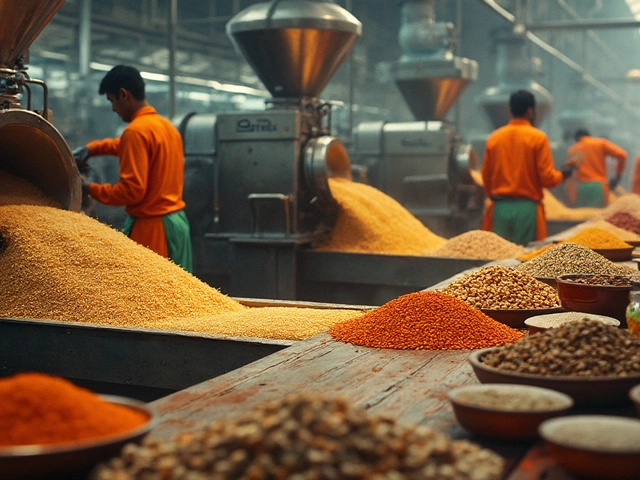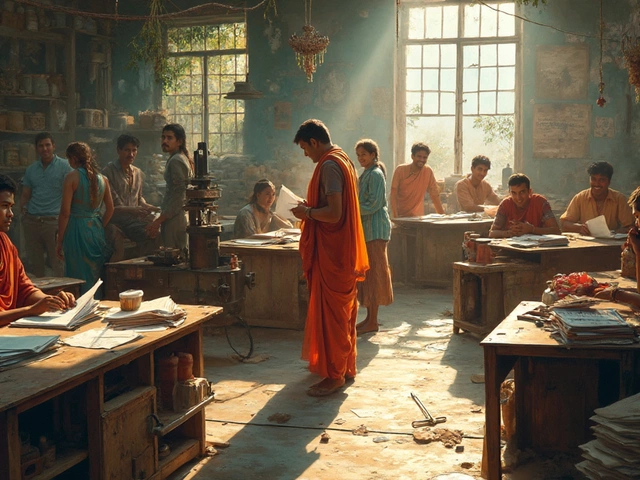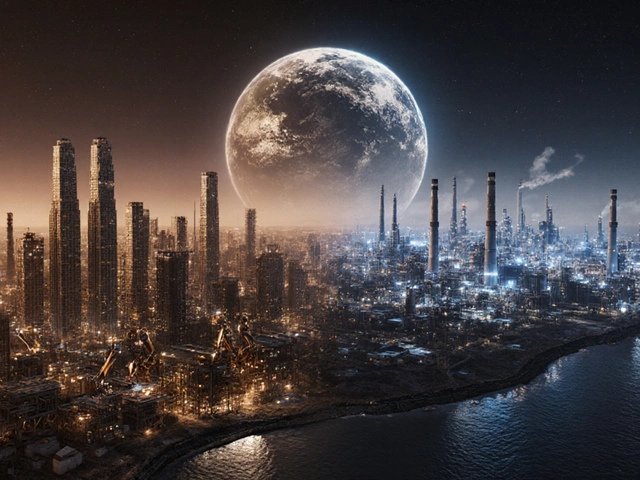It's wild to think a handful of countries churn out most of the pills, vaccines, and treatments keeping half the planet feeling alive. If your medicine bottle says 'Made in India' or 'Product of the USA,' that's not just a side note—it's basically a map of power. So, when people toss around phrases like “pharma superpower” or “global medicine king,” who really holds the crown? Here’s a closer look at the biggest and baddest in the business, and why it seriously matters where your medicine comes from.
The Big Three: USA, India, and China Battle for Pharma Domination
If there was ever an actual “pharma king,” you’d think it would be the United States. More patents, more innovation, and, quite frankly, much pricier medicines—they shape what drugs get made, how fast, and at what cost. The home of Pfizer, Johnson & Johnson, Merck—pretty much every blockbuster drug or vaccine you’ve read about in the last decade has roots in America. In 2024, the US pharmaceutical market was worth a whopping $550 billion, way ahead of any other contender. That’s like having the GDP of Sweden just in aspirin and allergy meds.
But here’s the twist: when you talk about making the vast bulk of actual pills, not just inventing them with cutting-edge research? Cue India. Known as the 'pharmacy of the world', India pumps out about 20% of the global supply of generic drugs. If you’re taking antibiotics, blood pressure tablets, or even basic over-the-counters in Africa, Europe, or here in the UK, there’s a strong chance it came from one of India’s mega-plants. Their secret sauce? A legal and business framework that lets manufacturers bypass expensive R&D, focus on mass production, and keep prices low as chips. Big Indian companies like Sun Pharma, Dr. Reddy’s, and Cipla employ hundreds of thousands and export to over 200 countries. In fact, India absolutely dominated the world’s COVID-19 vaccine supply in 2023—producing more doses for low- and middle-income countries than anyone else, including China.
Speaking of China, don’t sleep on the silent giant from the East. China specializes in the nitty-gritty: active pharmaceutical ingredients (APIs), the raw chemical guts that make your medicine actually work. Around 40% of the world’s APIs come from Chinese factories. The world realised this the hard way during the pandemic, when Chinese supply chain hiccups left Western pharmacies scrambling to stock basic drugs. The country’s pharmaceutical industry has mushroomed in the last decade, with a razor-sharp focus on catching up in research, especially on cancer and rare diseases.
Here’s a quick snapshot with hard data so you don’t have to take my word for it:
| Country | Pharma Market Size (2024, in USD billions) | Notable Export | Key Companies |
|---|---|---|---|
| USA | $550 | Innovative drugs, biotech | Pfizer, J&J, Merck |
| India | $65 | Generics, vaccines | Sun Pharma, Dr. Reddy’s |
| China | $180 | APIs, finished formulations | SinoPharm, Wuxi AppTec |
All three countries have their own strengths and blind spots — the US rules the research and new drug pipeline, India crushes with cheap generics and volume, and China is the go-to place for the chemicals making it all possible. It’s like a three-legged race no one wants to lose.
How Europe Stays in the Game: Old Money, New Rules
Don’t count out Europe just yet. Sure, the big money headlines often go to the US or Asia, but a quiet powerhouse operates from the likes of Switzerland, Germany, and the UK. Everyone knows Novartis and Roche are Swiss icons—these guys are behind everything from cancer breakthroughs to the stuff keeping your hay fever at bay. In 2024, Switzerland had the highest pharma exports per capita in the world. That’s pretty wild for a country with fewer people than London. With Germany, think Bayer and Boehringer Ingelheim—they’ve got deep R&D pockets and a record of dealing with everything from heart disease to rare genetic disorders.
The UK, meanwhile, is the birthplace of some of the most vital COVID vaccines (cheers, Oxford/AstraZeneca). Smaller in raw output compared to India or China, but massive on influence in research and advanced biomanufacturing. The European Union sets super-strict safety standards, making its products some of the most trusted everywhere. Regulators like the EMA (European Medicines Agency) make sure quality isn’t a box-ticking exercise but an obsession. That said, soaring energy costs and bureaucracy have sent some manufacturers packing to Asia. You’ll hear industry whispers that innovation's slowing in the EU, but their clinical trial ecosystem is still top class.
Certain drugs just can’t be found in any warehouse outside Germany or Denmark. For example, insulin—one of the world’s most in-demand medicines—has major production hubs in Denmark (home to Novo Nordisk) and Germany. Plus, if you’re buying high-end cancer treatments, there’s a big chance they were developed and produced in a European lab.
For tracking country rankings, the International Federation of Pharmaceutical Manufacturers and Associations (IFPMA) and the European Federation of Pharmaceutical Industries (EFPIA) both provide annual stats that support just how influential Europe remains despite the flashy headlines coming out of Asia or North America.

New Pharma Powers: Watch These Fast Movers
The stars don’t always stay the same. Countries like Brazil, Singapore, and South Korea have doggedly put themselves on the global pharmaceutical map. Take Brazil—its government ramped up funding and is now a leader in vaccine production for South America, exporting to dozens of countries. The Brazilian state-owned lab Fiocruz delivered millions of COVID vaccines through a local deal with AstraZeneca. Meanwhile, Singapore may be tiny, but with its efficient bureaucracy and irresistible tax deals, it lured big players like GlaxoSmithKline and Sanofi to set up research and production hubs.
South Korea deserves a special mention. The country invested early in biotech and is now pumping out advanced biosimilars—basically more affordable versions of super-expensive biotech drugs. Samsung Biologics, the country’s poster child, reported that in 2024 its exports jumped higher than any other Asian facility outside China or India. This isn’t just about job numbers or manufacturing plants—it actually shakes up access to affordable medicine, and pushes old giants to innovate faster or lose out. Even Saudi Arabia and Egypt have huge ambitions, setting up special pharma free zones and aiming to be medicine exporters by 2030.
Here are a few tips for tracking rising pharma nations:
- Keep an eye on government incentives—countries that offer tax breaks and R&D grants usually end up growing faster in pharma.
- Check international supply chains after big crises like pandemics. Countries that step in to fill shortages tend to leapfrog up the rankings.
- Look at export trends—nations sometimes specialize in high-volume, low-margin goods at first, but later pivot to advanced drugs as their companies gain know-how.
- Watch for partnerships with big multinational companies—local firms teaming up with industry leaders often signals a new contender rising.
Who Really Wins? Why 'Pharma King' is a Moving Target
Trying to pick a single pharmaceutical manufacturing king is a bit like arguing if Messi or Ronaldo is the best footballer—it depends on the metric and what the world needs at that moment. The US wields the most influence with new, innovative drugs and controlling access to advanced treatments. India brings down global prices and gets life-saving meds everywhere, fast. China’s role as the behind-the-scenes supplier is so big that shortages in Chinese APIs ripple around the earth. Europe pops up when safety, quality, and niche new therapies are in the spotlight. And then you’ve got the up-and-comers, challenging the old pecking order one blockbuster contract at a time.
If you need the latest cancer wonder drug or a rare disease treatment, chances are you’re looking at the USA or Switzerland. If you’re after affordable generic meds for hypertension or antibiotics for a developing country’s public health scheme, you’ll probably thank India or China. And if manufacturing headaches teach us anything, it’s that no one country can rule alone: most new drugs are invented in one spot, have their chemicals blended in another, then get packaged, tested, and shipped from a third. The “king” of pharma isn’t always the one with the flashiest headquarters, but the country that gets new cures to the most people, as quickly and safely as possible.
So next time you pop a pill or get a jab at the doctor’s office, you can bet its story crosses a handful of borders and involves minds and machines from half the globe. The real winner? Probably whichever country figures out how to make essential medicines, at scale, without ever cutting corners or leaving anyone out—something everyone, whether in Birmingham or Beijing, will be cheering for.
